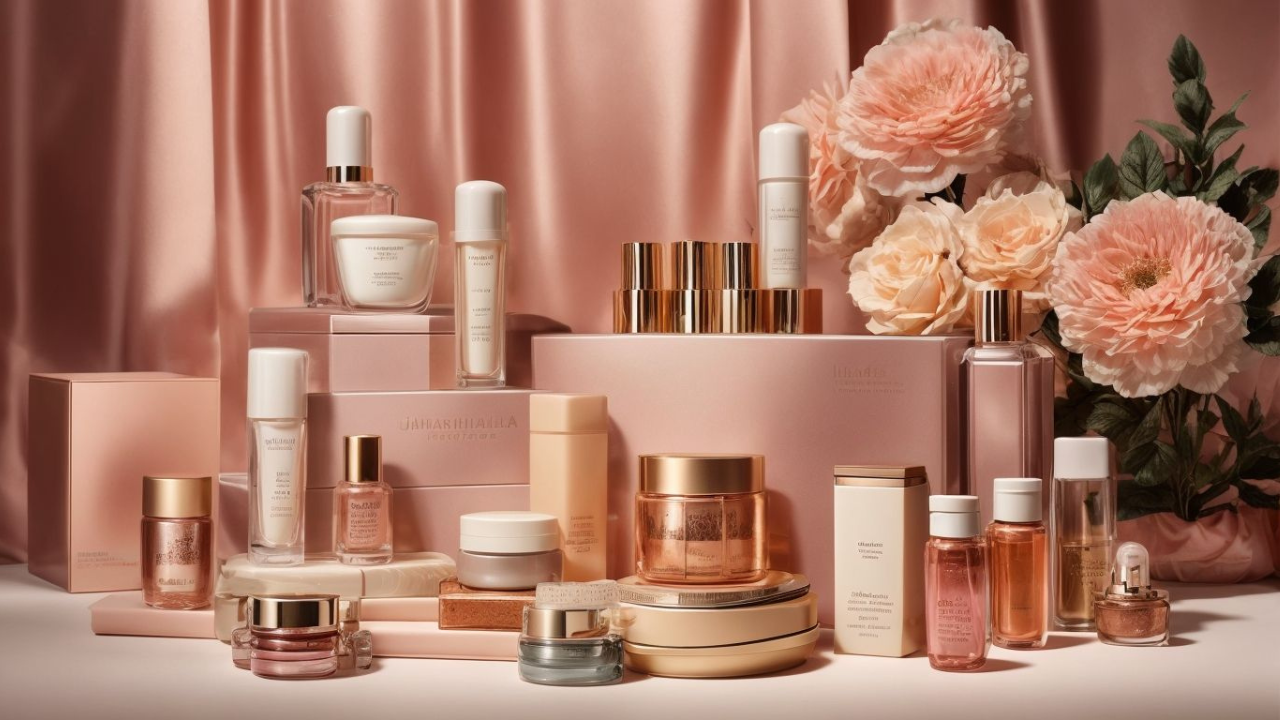The cosmetic industry has primarily achieved innovation by developing packaging solutions to deliver both beauty and operational competence together with environmental sustainability. The cosmetic tube packaging form operates as basic packaging that adapts to modern consumer needs and environmental standards alongside new technological developments. The cosmetic industry explores new ways of tube packaging development through innovative moves from conventional plastic materials to modern, environmentally friendly, customisable designs. The paper examines cosmetic tube packaging developments by evaluating modern trends that define upcoming industry changes.
Early Cosmetic Tube Packaging: Simplicity and Functionality
Cosmetic tubes from the beginning served functional purposes above all else while neglecting design considerations. Although aluminum and simple plastic materials served as packaging materials, the squeeze mechanisms used basic methods to deliver lotion and ointment products. The main advantages of these tubes were their portability combined with hygiene standards and user-friendly design, but they lacked the modern requirements for adjustable designs and environmentally-conscious features.
The Rise of Plastic Cosmetic Tubes
The use of plastic cosmetic tubes within the industry spread because polymer technology advancements made them durable and lightweight and easy to produce at low costs. The packaging industry made a major breakthrough with PE and PP materials because they presented enhanced flexibility while offering customers better customization options. Brands used this time to introduce different cap designs, coloring schemes, and decorative features that improved brand recognition while attracting consumers.
The Shift Towards Customization and Branding
The growing competition within the beauty industry led brands to start leveraging packaging as a promotional instrument. Customisation options expanded to include:
- Through screen printing, offset printing, hot stamping, and digital printing techniques, brands can produce high-quality visuals that appear on their tubes.
- The implementation of matte, glossy, and soft-touch finishes on packaging surfaces elevates its premium quality.
- The beauty industry launched tube packaging in various dimensions alongside flat and ergonomic designs to support both practicality and trademark distinction.
- Product preservation improved substantially alongside the implementation of three advanced custom cap designs, including flip-top caps and airless pump dispensers, along with applicator tips.
Sustainability and Eco-Friendly Packaging
The cosmetic market, along with the consumers, is now focusing its operations on sustainability through progressive development. Advanced sustainable cosmetic tubes entered the market as a result of recent developments in the industry.
PCR (Post-Consumer Recycled) Plastic Tubes
Cosmetic tubes PCR plastic stands out because it uses recycled materials to reduce the need to make fresh plastic products. Cosmetic tubes that contain PCR material provide brands with dual benefits by supporting waste reduction programs and cutting environmental impact.
Biodegradable and Compostable Tubes
The green beauty movement created an increased market need for sugarcane-based PE and PLA (polylactic acid), along with other compostable materials. Plastic waste declines because these materials transform naturally into smaller components.
Refillable Cosmetic Tubes
Users can replace their products using refill pouches or cartridges through the refillable packaging system, which decreases plastic waste production. Manufacturers from premium segments, along with low-price operators, now utilize sustainable practices by implementing this concept, which has become standard in the market.
Airless Tube Technology
Airless technology introduced to the cosmetic tube market delivered a crucial advancement to its users. Air-tight, airless tube technology locks out air from reaching cosmetics and protects compounds by shielding them against oxidation as well as contamination and breakdown. The packaging method provides excellent shelf stability to skincare products, which means it can remove the need for preservatives.
The Future of Cosmetic Tube Packaging
The cosmetic tube packaging sector will evolve based on multiple upcoming trends that adapt to both technological progressions and changing consumer demands.
Smart Packaging
Products loaded with smart packaging elements, including QR codes and NFC tags, enable smartphone users to check information about their purchased items while verifying authenticity and monitoring sustainability practices.
Mono-Material Packaging
Brands now focus on improving tube recyclability by manufacturing both tubes and caps from the same kind of plastic material. The recycling process has become simpler because of this packaging approach, which also meets global sustainability targets.
Minimalist and Transparent Designs
Minimalist and transparent packaging designs attract consumers since they demonstrate increasing customer interest in clean beauty products. Brands now use basic, sustainable designs to reveal product purity while showing their ingredient contents to consumers.
Conclusion
Cosmetic tube packaging development occurs because of new technology development alongside sustainability initiatives and adjustments in consumer habits. The cosmetic tube market has advanced through its continuous development from traditional aluminum and plastic containers to specialized, sustainable, and intelligent solutions. Future cosmetic tube packaging will combine sustainability goals with improved functionality and better aesthetic appearance through advancements in brand focus on new technologies and user experience enhancement. Businesses achieve market excellence and brand identity reinforcement by observing these trends to deliver packaging solutions that fulfill changing modern consumer needs.


